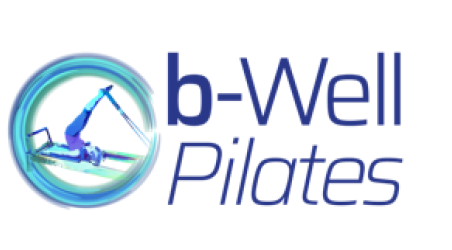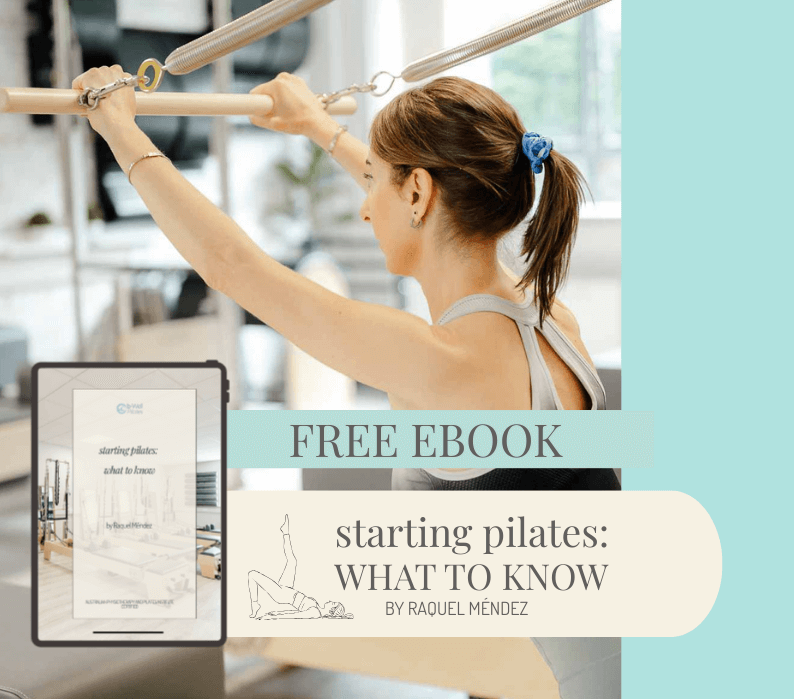Menopause or Perimenopause?

‘A shift to healthier choices in our 30s can make a beautiful difference’
A friend who runs her own pilates studio asked me if I wanted to write a blog for her website. She’s starting a class for menopausal women and thought I might like to share some thoughts. As well as being a Mum to two children, and probably perimenopausal myself, I am a Chartered Physiotherapist working in Skerries. skerriesphysiotherapyclinic, #womenshealthskerries, physio4kids.ie). As a Physiotherapist I specialise in 2 particular areas, Paediatrics(children) and Pelvic Health, primarily Women’s Health, though I do see Men for pelvic health issues too. Pelvic Health is a fascinating area to work in, and a frustrating one, because so many people have issues in this area but do not discuss it, share it with their friends or seek help. And there is so much that can be done to help. I have never written a blog in my life and I’m not sure my thoughts are of particular interest to anyone else but read on if you would like to know more about the menopause and how to help make it more of a positive experience.
When does Menopause start?
Did you know that Menopause itself is only a split-second moment? We talk of going “through the menopause” and we ask Mums and Grannies and Aunts when they went through it, to try and gauge when it will happen to us. And on average it is at 51 years of age. But menopause is just that split-second moment when you are 12 months since your last period. It is the perimenopause, the time leading to this, that has the most effect on our bodies. The perimenopause begins on average from 35 years of age! That was a shock to me! I did not think we needed to start thinking about it for at least 10 years after that. But to be pro-active and prepare our bodies, and ourselves, to deal with this in the best possible way, we need to stay ahead of the game and start embracing better choices from our 30s.
What areas of our lives do we have to focus on to aid a healthy menopause transition?
The 4 key areas to focus on are movement, nutrition, stress management and sleep. Though as a physiotherapist I am a little biased, the most important one is movement as it is the foundation for everything else: nutrition=movement aids digestion, stress management =movement aids stress management and sleep =movement aids sleep. So, though there is plenty we can do for each of the other areas, for today, let’s just look at movement.
What kind of movement should we do?
In short, any movement. Ideally, we would like some cardio, strength training, flexibility work and restorative work. Monitor or track what you do, it is a great motivator. Maybe get a friend to join you, you are more likely to stick with it then. Keep in mind, they say it takes 3 weeks to build a habit and see benefit. Where the pelvic floor is concerned, I tell my patients, it takes 6 weeks to see a difference in muscle power and 3 months to notice a change in function so stick with it!
Walking is a great start. Going at a pace you are comfortable with. Building to doing periods of increased intensity where you can still talk but not sing. A great social activity, join a buddy, chat, solve the problems of the world and maybe decrease some of your stress too. Go early in the morning, the sunlight will help set your cycle to improve your sleep.
Strength, flexibility and restorative work can be achieved alone or as part of an exercise class, for example pilates or yoga. Generally, people adhere to exercises better in a group setting and there is the bonus of the social outlet too. Your pilates/yoga instructor can also give you more tailored advice to what you may specifically need. There are lots of different exercises you can do, whether you use your own body weight or weights, whether you are working on arms, legs or your core. Too many to go through here. As a start, you could work on glut strength, the muscles in your bottom (again my pelvic floor physiotherapist bias coming out!) as your gluts support your pelvic floor. A simple sit to stand, not using your hands, would be a simple, yet worthwhile, start.
Where does Physiotherapy come into all this?
We need to remove any barriers to movement so pelvic health cannot be a barrier or an excuse not to move. Pelvic floor weakness with resulting incontinence, bladder problems, prolapse and pelvic pain are all common with menopause, but they are not normal. This idea, unfortunately supported by ads on tv, that we must wear pads because leaking is part of menopause or getting older and we cannot do anything about it, frustrates me! Yes, as we age, we lose striated muscle and yes, our oestrogen levels decrease, a hormone which plumps up our tissues in the pelvic floor. The pelvic floor, however, is a muscle and therefore can be strengthened, at any age! Can you do a pelvic floor squeeze? Can you hold it for 10 seconds? Can you repeat it 10 times? Can you do 10 quick squeeze and releases? This is what we should each be able to do, and we should do it routinely, daily, just as we brush our teeth and wash our face. This will help maintain a healthy pelvic floor. Just because we cannot see the muscle, does not mean we shouldn’t work it. If you have any pelvic floor weakness or dysfunction or are at all unsure if you are doing your pelvic floor exercises correctly, I urge you to make an appointment with me, or your local Women’s Health Chartered Physiotherapist. Yes, she will do an internal exam. Yes, she will palpate a little to check if the muscle is working properly. Yes, there are far more pleasant things you can think of doing! If, however, you walk out of that appointment, knowing how to maintain a healthy pelvic floor, decreasing your risk of needing to wear pads and increasing the chance that you can keep moving and have a healthy menopause transition, won’t it be worth it?
We do not need to abandon ourselves to a future of pad wearing. To a future of avoiding exercise for fear of leaking or due to the discomfort of a prolapse. To a future of avoiding socialising or going for a walk for fear of not knowing if there will be a toilet close by if we get a sudden urge. This is not what the menopause is supposed to be about! We are all living longer now so menopause should be celebrated as the next exciting stage of our lives. With the right choices, some pelvic floor exercises and a good balance of movement, nutrition, stress management and sleep we can enjoy this stage as much, if not more than our earlier years!
It’s time to celebrate and embrace our third age!
Sinéad
Sinéad de Freitas
Chartered Physiotherapist specialising in Paediatrics and Women’s health
Skerries Physiotherapy Clinic.018494043
www.skerriesphysiotherapyclinic.ie
FB: womenshealthskerries; physio4kids
Instagram: womenshealthskerries; physio4kids.ie
email: [email protected]
Phone: 085 858 2333
Address:
Lower ground floor, Fingal Bay
Business Park, Unit 3c, Balbriggan
©b-well pilates 2025


